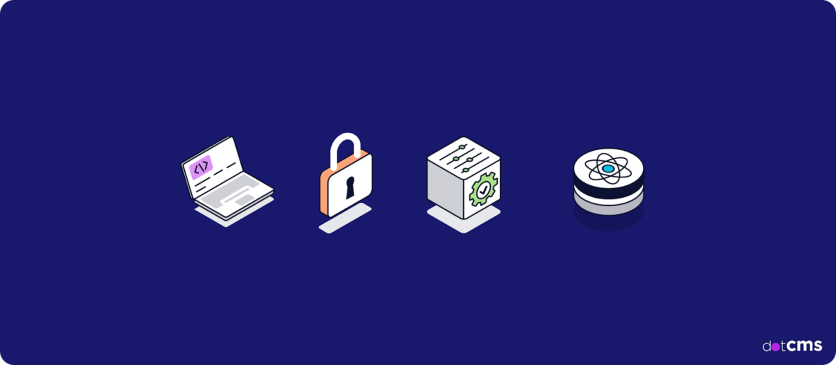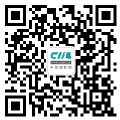
Inna Bosenko
At the onset of the CMS industry, when most content management systems forced enterprises to choose between developer flexibility and marketer autonomy, dotCMS charted a different course. The company pioneered multi-tenant architecture at a time when managing multiple websites required separate platforms, separate licenses, and separate headaches. Today, this early architectural decision has put dotCMS as a formidable competitor to industry giants like Adobe and Sitecore, as well as pure headless CMS platforms. They serve hundreds of enterprise customers across regulated industries, from financial services to healthcare.
This reflects sustained growth. dotCMS Cloud has maintained a 30% compound annual growth rate over five years, while the company has achieved SOC 2 Type II certification and ISO 27001 alignment. These credentials matter deeply to clients like BNP Paribas, Telus, and many other major financial institutions, healthcare providers, and government agencies that cannot afford security compromises. dotCMS powers content for organizations serving hundreds of millions of users across dozens of markets, proving that specialized focus can compete with generalist solutions.
Recent developments in artificial intelligence are redefining enterprise content strategies. dotCMS is investing in AI capabilities that prioritize governance, including brand-aware content generation, secure model integration, and granular permissions and workflows. These innovations are especially critical as compliance-led organizations seek to adopt AI without compromising regulatory standards.
Breaking the Headless Compromise
Traditional content management systems have long presented enterprises with an uncomfortable choice. Headless architectures offered developers the freedom to build with their preferred technology stacks, but left marketers struggling with complicated interfaces. Visual editors provided intuitive content creation but locked developers into rigid frameworks. dotCMS rejected this false dichotomy by creating the Universal Visual Editor, which brings true WYSIWYG capabilities to headless environments.
The technical achievement behind this solution cannot be understated. Most pure headless CMS platforms require marketers to work with abstract content models and preview their work in separate environments. dotCMS was first to market in building a unified editing experience that allows non-technical users to visually create, edit, and publish content while maintaining the API-first architecture that developers demand. This capability has enabled clients to reduce time-to-market significantly, with one global telecom launching a new single-page application in just three weeks.
Organizations can manage ten or one thousand sites or digital experiences from a single platform, maintaining centralized governance while preserving local autonomy. This architectural decision, made two decades ago, now provides competitive advantages that newer platforms struggle to replicate. The ability to consolidate platforms, reduce overhead, and launch faster becomes exponentially more valuable as enterprises expand their digital presence across brands, regions, languages, and channels.
Compliance as Competitive Advantage
Regulated industries face unique challenges that general-purpose content management systems often cannot address. Financial services firms need granular permissions and workflows. Healthcare organizations require compliance and audit trails. Government agencies demand security certifications and deployment flexibility. dotCMS built these requirements into its core architecture rather than treating them as add-on features.
Deployment flexibility further addresses compliance requirements. dotCMS offers Cloud, Cloud-as-a-Service, and on-premise options, enabling organizations to meet specific regulatory or operational needs without sacrificing scalability. Some clients require data to remain within specific geographic boundaries. Others need direct hardware control for security audits. The platform accommodates these requirements.
Artificial intelligence capabilities built with governance foundations represent the next phase of this compliance-focused strategy. While many CMS providers add AI features as separate modules, dotCMS integrates them within existing permission structures and audit frameworks. This approach ensures that AI-generated content follows the same approval workflows and compliance checks as human-created content, addressing a critical gap in enterprise AI adoption.
Tomorrow's AI-Driven Content Operations
dotCMS is shaping the future of enterprise content management around three core pillars: headless flexibility, intuitive content creation, and governance-first innovation.
As AI becomes a foundational layer in digital strategy, dotCMS is actively building capabilities that align intelligent automation with the strict compliance requirements of regulated industries, including AI search, tagging, categorization, and content creation.
Rather than chasing hype, the platform's AI roadmap prioritizes trust and control—surfacing actionable insights, streamlining content operations, and supporting marketers without compromising enterprise standards. Future enhancements will work within dotCMS's existing governance framework, ensuring that AI-driven workflows meet the same compliance thresholds as traditional content creation.
dotCMS isn't just keeping up with where enterprise content is going—it's building the infrastructure to lead it.

-
 C114 Communication Network
C114 Communication Network -
 Communication Home
Communication Home


